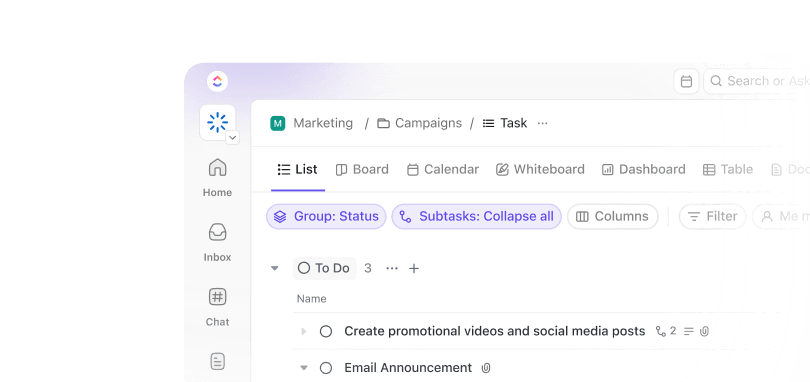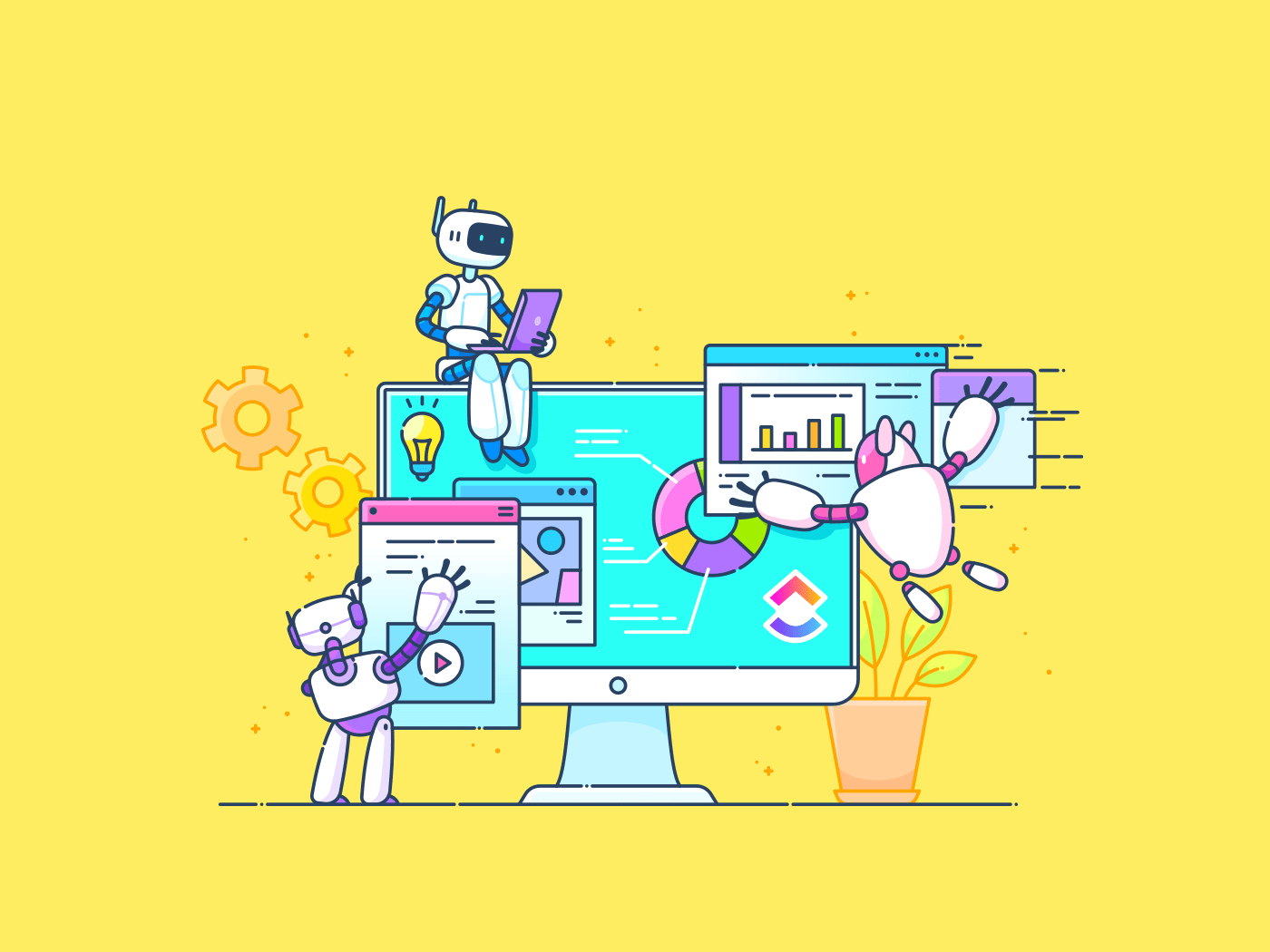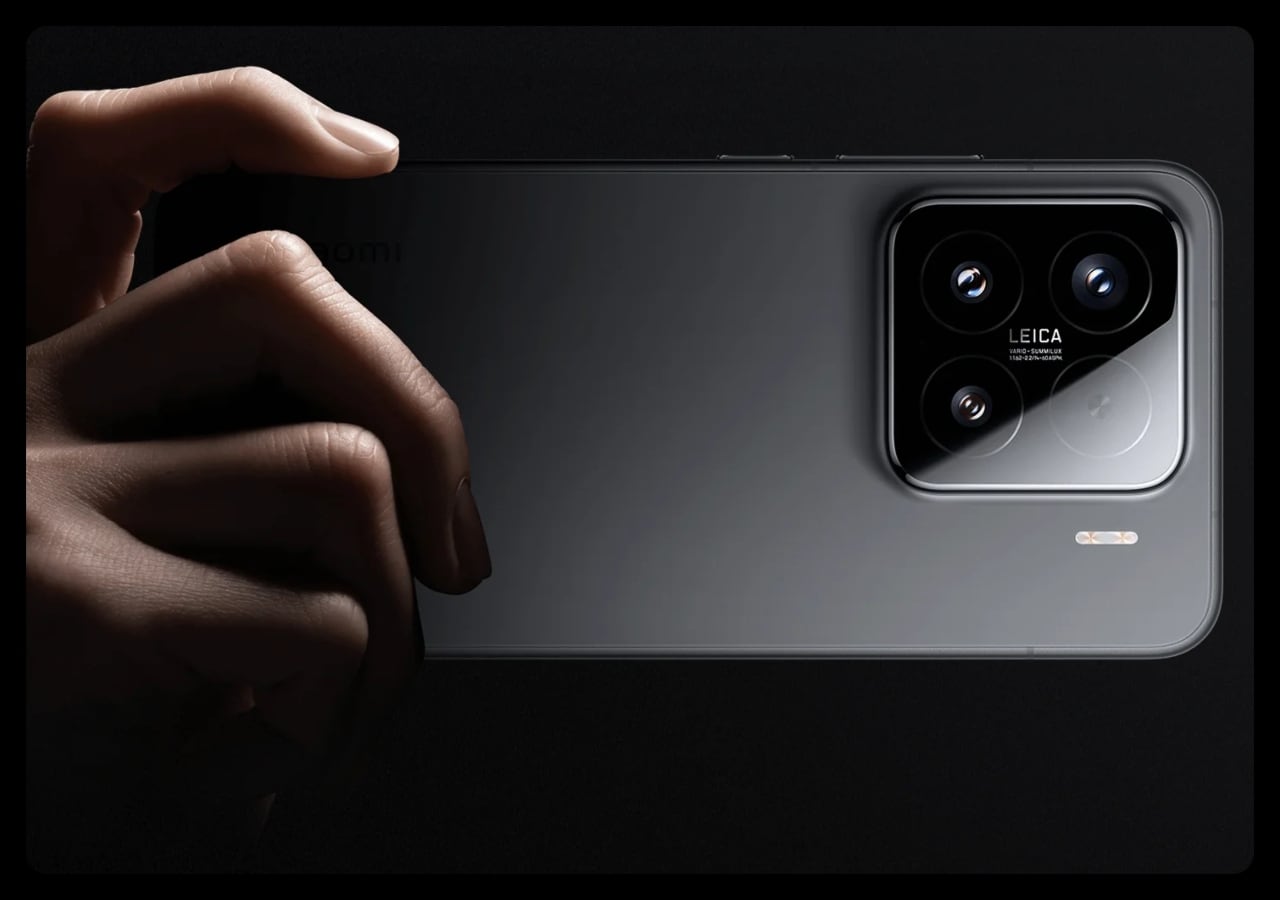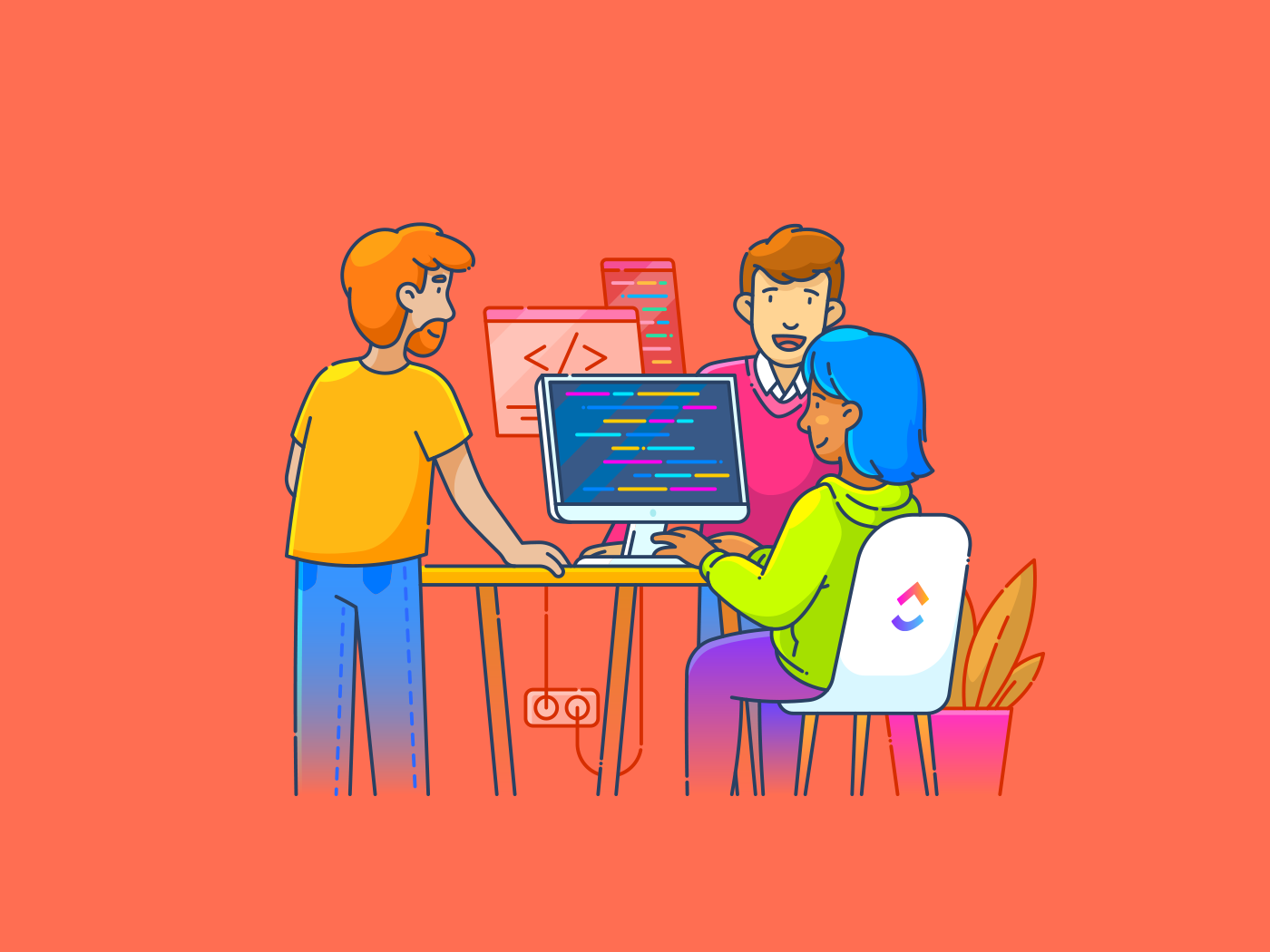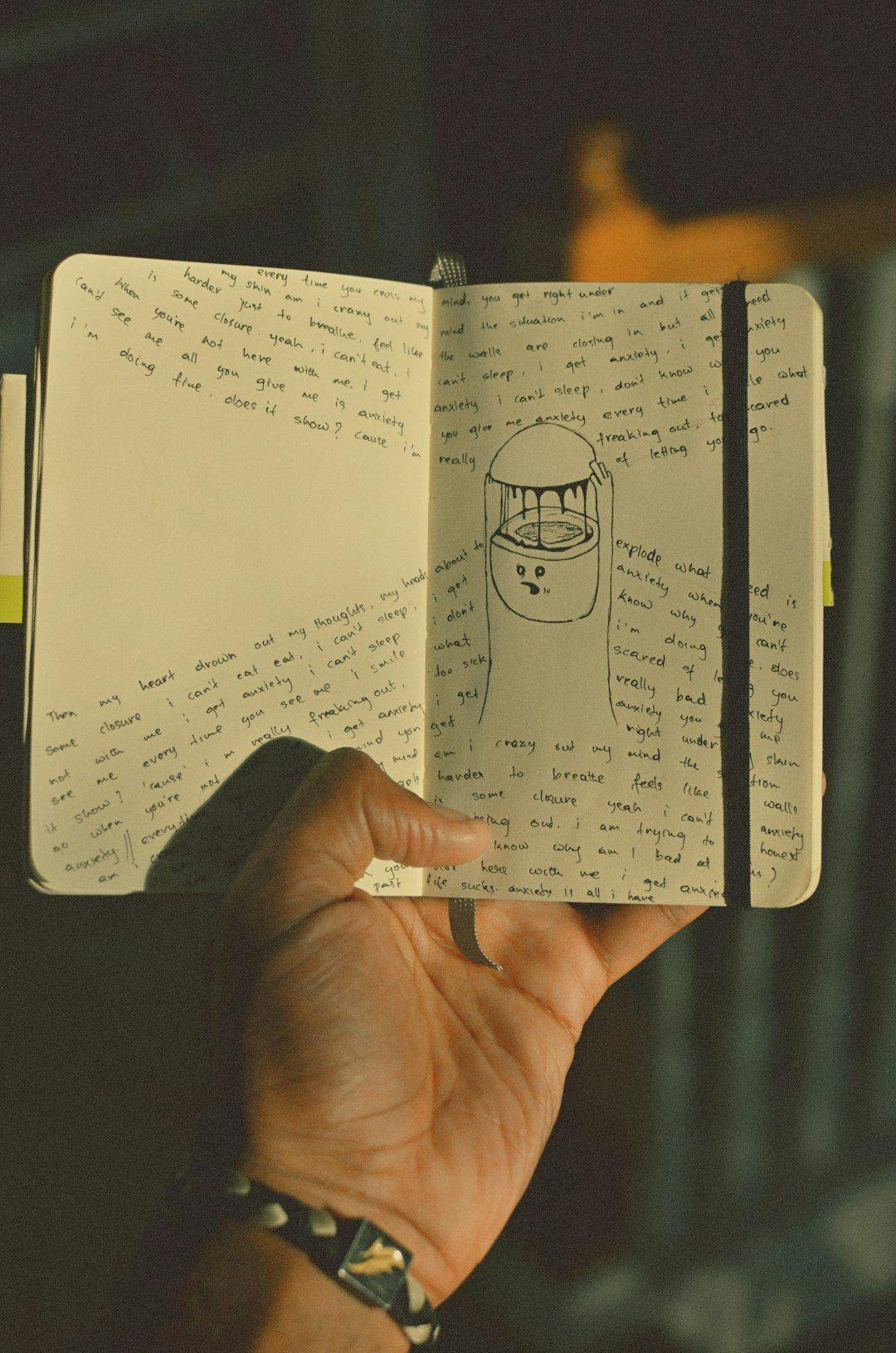Your client needs a striking visual, and they need it now. Maybe it’s a sleek book cover, an eye-catching social media post, or a brand-new logo. But creating the right image isn’t always simple.
Some projects demand pixel-perfect precision, while others thrive on creative flair. And sometimes, you need both—on a tight deadline.
That’s where the Stable Diffusion vs. DALLE debate comes in. Both are cutting-edge AI image generators that can help you generate bold, imaginative visuals in seconds. But which one should you choose?
In this blog, we’ll compare their strengths, weaknesses, and best use cases so you can pick the perfect tool for your next masterpiece. 🚀
Stable Diffusion Vs. DALL.E: Which AI Art Generator Is Better?
⏰ 60-Second Summary
- Stable Diffusion vs. DALL·E are great art generators for digital artists, designers, and content creators.
- Stable Diffusion is great for those who crave deep customization and control, letting you fine-tune every detail of your creative vision. DALL·E is perfect for anyone looking for an intuitive, plug-and-play experience that turns complex text prompts into visuals
- , the everything app for work, is ideal for organizing, collaborating, and streamlining creative projects with a suite of advanced tools
- Brain is your AI-powered assistant that automates tasks and delivers insights
- Whiteboards provides a digital canvas for brainstorming, visualizing ideas, and transforming concepts into actionable plans
- for Design Teams is a specialized workspace that streamlines your creative process, from ideation to execution, for organized design projects
What Is Stable Diffusion?
Stable Diffusion is an AI-powered image generator that transforms text prompts into stunning visuals, animations, and even videos.
Released by Stability AI in 2022, it uses diffusion, a technique that gradually refines an image from noise until it becomes a clear, detailed picture. At its core, Stable Diffusion uses a latent diffusion model (LDM) developed by the CompVis research group. Sounds complex?
Let’s break down the AI tool for designers into two steps. ⚒️
- Forward diffusion: The AI gradually adds noise to an image until it becomes completely unrecognizable
- Reverse denoising: The AI removes noise step by step, reconstructing a high-quality image based on patterns learned from its training data
In February 2024, Stability AI announced Stable Diffusion 3, which has greatly improved performance, especially in handling multi-subject prompts, image quality, and spelling. It incorporates a new Multimodal Diffusion Transformer (MMDiT) architecture.
🧠 Fun Fact: Stable Diffusion is derived from the ‘diffusion process,’ a technique where images are gradually refined from noise. The ‘stable’ part comes from Stability AI, the company that developed it!
Stable Diffusion features
Stable Diffusion offers solid features to give you more control over your creations. Whether you want to enhance image quality, tweak styles, or refine details, this model has some standout features that set it apart.
Let’s explore some of its best features. 💁
Feature #1: Open-source nature
Stable Diffusion is open-source, so you can use it, tweak it, and even build on it without paying for pricey cloud services. Got a computer with a GPU and at least 4GB of VRAM? Great! You can run it right from home.

Unlike DALL-E, because the code is out in the open, the AI art community is always improving it—sharing updates, new tools, and cool tricks to make it even better. Whether you’re an artist experimenting with styles, a developer pushing boundaries, or just someone who loves messing with AI, Stable Diffusion gives you the freedom to create on your terms.
Feature #2: Image-to-image transformations
With Stable Diffusion, you don’t have to start from scratch to tweak or transform an image. Just feed it a picture, add a text prompt, and watch the AI image generator blend the two—whether you’re making small edits or a full-on makeover.
One of its coolest tricks?


Depth-to-image (depth2img). It actually understands the depth and structure of your image, so you can switch up the style (like turning a photo into a painting) or change textures and materials without messing up the perspective. Super useful if you’re into architecture, game design, or virtual worlds, where keeping things accurate is key.
🔍 Did You Know? The global AI image generator market was valued at $257.16 million in 2022 and is expected to soar to $917.45 million by 2030, growing at a CAGR of 17.4%.
Feature #3: Upscaling and denoising
Stable Diffusion comes with built-in upscaling and denoising tools, so your AI-generated images look sharper and more detailed. Here’s how it helps. 👇
- Upscaling: Need a higher-res image? Stable Diffusion’s Upscaler Diffusion model can boost resolution by 4x, giving you crisp images up to 2048×2048 or more. Perfect for making your AI art look professional and print-ready
- Denoising: Every image starts as random noise, but Stable Diffusion gradually cleans it up step by step to bring out a clear, high-quality result. The AI follows your prompt carefully so the final image looks just how you envisioned
Stable Diffusion pricing
- Custom pricing, credit-based
What Is DALL-E?
DALL-E, created by OpenAI, is an AI-powered tool that turns text descriptions into images. It combines natural language and visual processing to generate a wide range of visuals—from lifelike scenes to completely surreal concepts.
The platform is built on a transformer neural network (a type of deep learning model architecture), using advancements from GPT-4o and trained on massive amounts of text-image pairs. It learns patterns between words and visuals, allowing it to generate entirely new visuals, including things that don’t exist in reality.
DALL-E has evolved significantly over time, and its latest version, DALL-E 3, is a major upgrade from DALL-E 2, with a better understanding of complex prompts, more accurate image generation, and direct integration with ChatGPT for easy refinements.
🧠 Fun Fact: The name ‘DALL-E’ is a clever mix of the surrealist artist Salvador Dalí and Pixar’s animated robot Wall-E. This reflects its ability to create both realistic and imaginative visuals.
DALL-E features
DALL-E specializes in turning AI art prompts into stunning visuals. But that’s just the beginning! From creating highly detailed images in a realistic style to editing and expanding existing ones, DALL-E offers powerful tools that make creating AI art easy and exciting.
Let’s look at some of its features. 🤖
Feature #1: Conceptual fusion


Think of your very own creative AI sidekick, brainstorming bold, imaginative concepts and bringing them to life in an instant.
That’s DALL-E for you! You can get as creative as you want with your images and prompts, and DALL-E is sure to bring your wildest ideas to life.
Want to see a cat wearing a tuxedo while reading a newspaper? No problem!
But DALL-E doesn’t just throw elements together at random. It actually places them in a logical, visually appealing way, ensuring things like hands, feet, and objects look natural and cohesive. This ability to merge concepts and rearrange objects without explicit instructions gives it a distinct edge in creating compositions.
Feature #2: Editing and retouching


DALL-E 3 makes editing images simple, thanks to its inpainting and outpainting features.
- Inpainting: Want to swap out an object, change a detail, or clean up part of an image? Just describe what you want, and DALL-E handles the rest
- Outpainting: Need a bigger scene? Expand your image beyond its borders, seamlessly adding new elements that match the existing style
Instead of manually tweaking images like in Photoshop, you just tell DALL-E what you want, and it fills in the gaps—perfect for quick edits or creative refinements. Even with the same prompt, DALL-E can generate multiple variations, giving users more options to fine-tune their vision effortlessly.
🧠 Fun Fact: Artist Refik Anadol creates mesmerizing installations that use real-time data to make buildings appear as if they’re alive!
By harnessing vast datasets—like 3D scans of the Amazon rainforest and millions of images of flora and fauna—Anadol’s AI-driven art transforms static structures into dynamic, ‘living’ digital sculptures, offering viewers an immersive experience where art and technology converge
Feature #3: Native ChatGPT integration


DALL-E works directly inside ChatGPT, so you don’t have to come up with the perfect prompt from scratch. Just describe your idea naturally, and ChatGPT helps refine it into something the AI tool understands.
Let’s say you want to tweak an image. Simply ask ChatGPT to ‘Make the lighting softer’ or ‘Add a futuristic city in the background’—and boom, instant adjustments.
This real-time back-and-forth makes generating AI art more intuitive and fun rather than wrestling with a bunch of technical settings.
DALL-E pricing
Stable Diffusion vs. DALL-E Features Compared
Both Stable Diffusion and DALL-E excel at creating stunning AI art, each in its own unique way. Here’s a quick look at their key differences to help you choose the best fit for your workflow. 👀
| Criteria | Stable Diffusion | DALL-E |
| Overall performance | Balances generation speed and image quality. Excels in stability, precision, adaptability, and controlled generation | Excels in language understanding and image diversity. Best for generating high-quality, detailed images that closely align with prompts |
| Image quality and realism | Generates realistic photos and images with detailed backgrounds | Strong in image detailing and quality of backgrounds, though sometimes more cartoonish |
| Text rendering | Performs well with short phrases; it displays text correctly and quickly | Generally strong in accurately depicting text, though it may require a few iterations |
| Customization and control | Offers more options and control to the user | More user-friendly due to natural language technology |
| Versatility | Adaptable across diverse industries, assisting in content creation and medical imaging | Applications span creative fields like visual storytelling and practical domains like e-commerce |
| Training data | Trained on a diverse dataset but can be limited by the quality of input data; it relies on community-driven improvements | Trained on a vast dataset with a focus on understanding complex prompts, leading to more accurate interpretations |
Feature #1: Security
When it comes to safety, both Stable Diffusion and DALL-E have built-in measures to prevent the misuse of AI-generated images. But they handle security differently.
Stable Diffusion
The platform uses a Safety Checker Module to filter out explicit content and invisible watermarking to help identify AI-generated images. This gives it a unique advantage in tracking digital creations.
DALL-E
OpenAI has strict safeguards to block violent, adult, or hateful content from being generated. It also protects artists by refusing to create images that mimic living artists’ styles and even allows creators to opt out of future training datasets.
🏆 Winner: It’s DALL-E! While both models prioritize safety, DALL-E 3 has extra layers of protection, particularly for artists who don’t want their work used in AI training.
🔍 Did You Know? January 2021 marked the launch of Dall-E by OpenAI, the first major GAN-based text-to-image generation tool.
GAN-based art generation uses Generative Adversarial Networks (GANs), an AI model where two neural networks—a generator and a discriminator—compete to create realistic images.
Feature #2: Accessibility
How easy is it to use these models? Well, that depends on whether you want a plug-and-play experience or total creative control.
Stable Diffusion
The platform is more flexible but may not be very beginner-friendly. While it works on various devices, there’s no official UI—you’ll need third-party tools or platforms to use it effectively.
However, its broad device compatibility and scalability mean that anyone can use it, regardless of their computing power.
DALL-E
It’s an easy-to-use tool with a polished user interface that’s seamlessly integrated into ChatGPT.
DALL-E is designed to be easy for beginners, offering a smooth experience with clear instructions and interactive tools.
🏆 Winner: It’s Stable Diffusion! It might not have a polished UI, but its open accessibility and ability to run on almost any hardware make it the more versatile choice, especially for power users who want full control.
Feature #3: Practical applications
Both Stable Diffusion and DALL-E shine in different areas, depending on what you’re looking for. Let’s break it down:
Stable Diffusion
Stable Diffusion is a powerhouse when it comes to versatility. It’s used across industries like content marketing, scientific simulations, and even medical imaging. The platform’s precision and control make it a go-to option when accuracy matters.
DALL-E
On the other hand, DALL-E is an incredible tool if you’re into visual storytelling, design, or even e-commerce. Its ability to understand complex prompts makes it great for generating unique, stylized visuals.
🏆 Winner: It’s a tie! It all depends on what you need. Stable Diffusion offers precision and flexibility, while DALL-E stands out for its ease of use in design and storytelling.
🔍 Did You Know? One of the earliest AI art systems was AARON, developed by Harold Cohen in 1973. It used a symbolic AI approach to create black-and-white art drawings.
Stable Diffusion vs. DALL-E on Reddit
We took to Reddit to see what real users have to say about DALL-E vs. Stable Diffusion, and boy, was it a lively debate! 🪢
On one side, you’ve got trusted Stable Diffusion supporters.
Another Reddit user says:
On the other hand, DALL-E supporters rave about its incredible prompt interpretation.
One Reddit user says,
Meet — The Best Alternative to Stable Diffusion vs. DALL-E
Both Stable Diffusion and DALL-E are good choices if you’re trying to pick an AI image generator. But that’s just one tiny piece of the creative puzzle. What about everything else that goes into your creative workflow?
Brainstorming ideas, managing projects, collaborating with teams, and keeping everything organized? That’s where comes in. 🤩
literally offers everything your design teams need to stay agile, organized, and efficient in one single platform. Whether you’re juggling multiple projects, collaborating with clients, or managing deadlines, is designed to keep everything in sync.
The best part is that comes with built-in AI capabilities, meaning it can help with all the heavy lifting while you focus on what matters: bringing your ideas to life.
Want to switch to already? Here are some of its features you can start with! ⚓
’s One Up #1: Brain


Design teams thrive on creativity and not clutter. But the creative process can get chaotic between scattered assets, endless revisions, and project approvals.
But Brain has your back.
Here’s how it helps your design workflow function effortlessly:
- AI-powered brainstorming: Stuck on a concept? Brain helps spark ideas by generating themes, mood boards, and visual interpretations tailored to your project!
- Instance access to design assets: No more digging through folders. Just ask Brain, and its AI Knowledge Manager retrieves past designs, brand guidelines, or client feedback in seconds
- Effortless design project management: Streamline approvals, automate timelines, and track all revisions—all without losing momentum with Brain’s AI Project Manager
- Smarter creative briefs: Need to draft a concept proposal or summarize client feedback? Brain helps craft clear, concise briefs with its AI Writer so your team stays aligned
For instance, you’re a graphic designer using AI. You don’t have to struggle with creative blocks or back and forth, Brain streamlines your entire design workflow.
Stuck on a brand refresh? Brain suggests design concepts and mood boards in seconds. It extracts key details from briefs and emails, highlights color schemes, typography, and layout preferences.
📝 Example Brain Prompt: ‘I’m a [role] working on a [project]. Suggest design concepts and mood boards, extract key details from client briefs, highlight color schemes and typography, summarize meeting notes into tasks, and generate a progress report for stakeholders’
🧠 Fun Fact: In 2018, the Paris-based collective Obvious used GAN models to create a painting titled Portrait of Edmond Belamy. The models were trained on 15,000 portraits from the 14th through 19th centuries. The collective sold the painting at Christie’s auction house for $432,500.
’s One Up #2: Whiteboards


Bringing creative ideas to life is easier than ever with Whiteboards—your all-in-one tool for brainstorming, visual collaboration, and now, AI-powered image generation!
Whether sketching out a marketing campaign, planning UI designs, or mapping a creative project, Whiteboards let you seamlessly visualize, iterate, and execute—all in one place. Drag, drop, and connect sticky notes, shapes, and images to turn messy ideation into structured design plans.
The platform also lets you watch your team’s updates in real time, annotate freely, and embed Docs, links, and media without ever leaving your workspace. Perfect for remote and hybrid teams!
And the best part? It integrates Brain! Your Whiteboard isn’t just a space for ideas, it’s a tool for execution. Need fresh inspiration for a client’s rebrand? Just draw your concept or a graphic design trend and let Brain suggest mood boards, color palettes, and typography options.
For instance, you’re brainstorming a marketing campaign on a whiteboard and need AI-generated visuals to bring your ideas to life. Instead of searching for images manually, centralize the process!
- Instant concept visualization: Describe an idea, and Brain suggests AI-generated images to match instantly!
- Refine and iterate: Not happy with the final results? Ask Brain to adjust the style, colors, or details to better fit your vision
- Seamless integration: Drag and drop AI-generated images anywhere on your Whiteboard, helping your team align visually on campaign aesthetics!
📌 Example prompt: ‘A futuristic metropolis skyline featuring parametric architectural structures, illuminated by global skylight occlusion, rendered in Octane Render for cinematic realism’
Here’s what you’ll generate:


💡 Pro Tip: You can use text shortcuts within Whiteboards, Chat, Dashboards, Notepad, and other tools to help you work faster! Here’s a short cheat sheet. 📄
- Edit your most recent comment: Up arrow
- Emoji: :nameofEmoji
- Hyperlink: Cmd + K (Mac), Ctrl + K (Windows)
📮 Insight: 11% of our respondents leverage AI primarily for brainstorming and ideation.
But what happens to these brilliant ideas afterward? This is where you need an AI-powered whiteboard, like Whiteboards, which helps you instantly turn ideas from the brainstorming session into tasks.
And if you can’t quite explain a concept, simply ask the AI image generator to create a visual based on your prompt. It’s the everything app for work that enables you to ideate, visualize, and execute faster!
One Up #3: Design project management


Ever feel like you’re juggling a million tasks and tools just to keep your projects moving? for Design Project Management is here to simplify your life. It brings everything you need under one roof so you can focus on the creative side instead of getting bogged down in admin work.
With ’s design collaboration software, you can:
- Virtually brainstorm and collaborate on design projects with built-in collaboration tools like Chat, whiteboards, and more
- Capture design requests, create tasks, and assign them to team members with priorities, due dates, and task descriptions using Tasks
- Get a bird’s eye view of your team’s capacity and project progress with Dashboards
- Share your work, invite external collaborators to chime in, and fast-track approvals so everyone is on the same page before the final design is locked in
💡 Pro Tip: Use Automations to organize and manage AI-generated content efficiently. For instance, you can set up an automation to auto-tag AI-generated images as they’re uploaded, assign review tasks to designers, and move approved visuals to a ‘Final Assets’ folder—keeping everything organized without manual effort.
⚙️ Bonus: Haven’t used Whiteboards before? Don’t worry; the New Whiteboard Template has you covered. Use the template to generate high-quality AI art instantly without figuring out how to use the platform.
Prioritize Your AI Art Workflow With
Whether you’re team Stable Diffusion or DALL-E, staying organized while bringing your creative vision to life is just as important as generating AI images. From brainstorming prompts to managing revisions, juggling multiple projects can get messy fast.
That’s where , the everything app for work, comes in.
keeps your creative process smooth, with everything in one place—task lists, deadlines, feedback, and even AI-generated art within Whiteboards to streamline your workflow.
Want to take your AI image generation game to the next level?
Sign up to for free today! ✅


Everything you need to stay organized and get work done.
